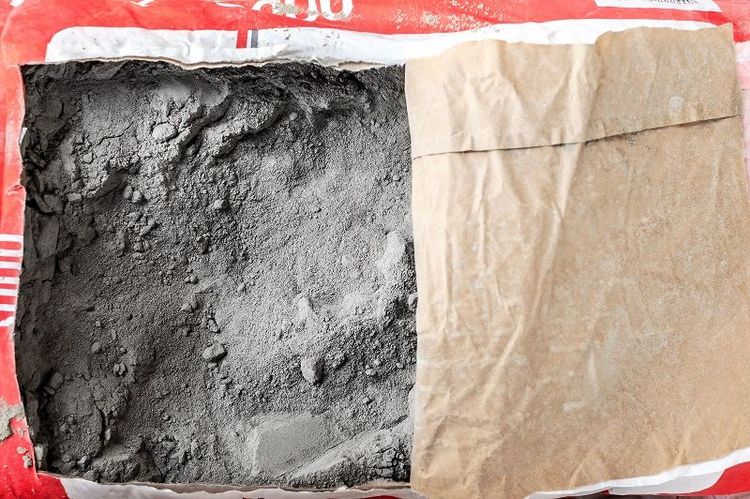Understanding how to evaluate the quality of cement is crucial before incorporating it into your construction. Cement is a fundamental construction material globally, serving as a binding agent for concrete and mortar. As we unravel the intricacies of cement quality assessment, consider registering to receive regular construction insights. Now, let's delve into the process of checking cement quality and its importance.
Understanding cement composition
Cement, commonly found in grey powdery form within sturdy paper bags, is a composition of various materials. Primary components include limestone, sand, iron ore, and bauxite. Additional elements like chalk, clay, and slate can also be part of its composition. These raw materials undergo processing and are subjected to high temperatures around 1500 degrees celsius. The resulting fine grey powder is then packaged and sold in the market.
The significance of cement quality check
Checking cement quality is a pivotal step for builders and masons to ensure the structural integrity of constructions. While these checks might not encompass all cement properties, they offer insights into its strength and overall quality. Fortunately, you don't need to be an expert to conduct these tests. Here are some straightforward field tests that anyone can perform to ascertain cement quality:
1. Manufacturing date check:
Inspect the manufacturing date printed on the cement bag, typically located on the back or side. It's crucial to use cement within 90 days from its manufacturing date. Cement's strength can diminish over time due to moisture absorption. Freshly produced cement has a high affinity for moisture in the air, which accelerates its chemical reaction called "Hydration." using older cement can result in reduced binding effectiveness and overall structural strength.
- 3 months: The strength of cement can typically decrease by around 20% to 30% from its initial strength during the first three months of its manufacturing date.
- 6 months: By the six-month mark, the strength reduction becomes more pronounced, ranging from 30% to 40% of its original strength.
- 12 months: After a year, the ageing process further affects the cement's strength, leading to a reduction of approximately 40% to 50% from its initial strength.
2. Colour examination:
Quality cement possesses a uniform grey colour with a faint greenish tint. This colour is an indicator of the burning process and composition. Dark greenish shades could suggest an excessive amount of lime or clay, affecting the cement's performance and setting characteristics. A consistent, light grey hue is generally an indication of well-processed and high-quality cement.
3. Lumps inspection:
Upon opening the cement bag, carefully examine its contents for any lumps. The presence of lumps suggests that the cement has come into contact with moisture. A bag with lumps should be rejected, as it might compromise the construction's integrity.







 +91 7208055523
+91 7208055523
 Help & support
Help & support
